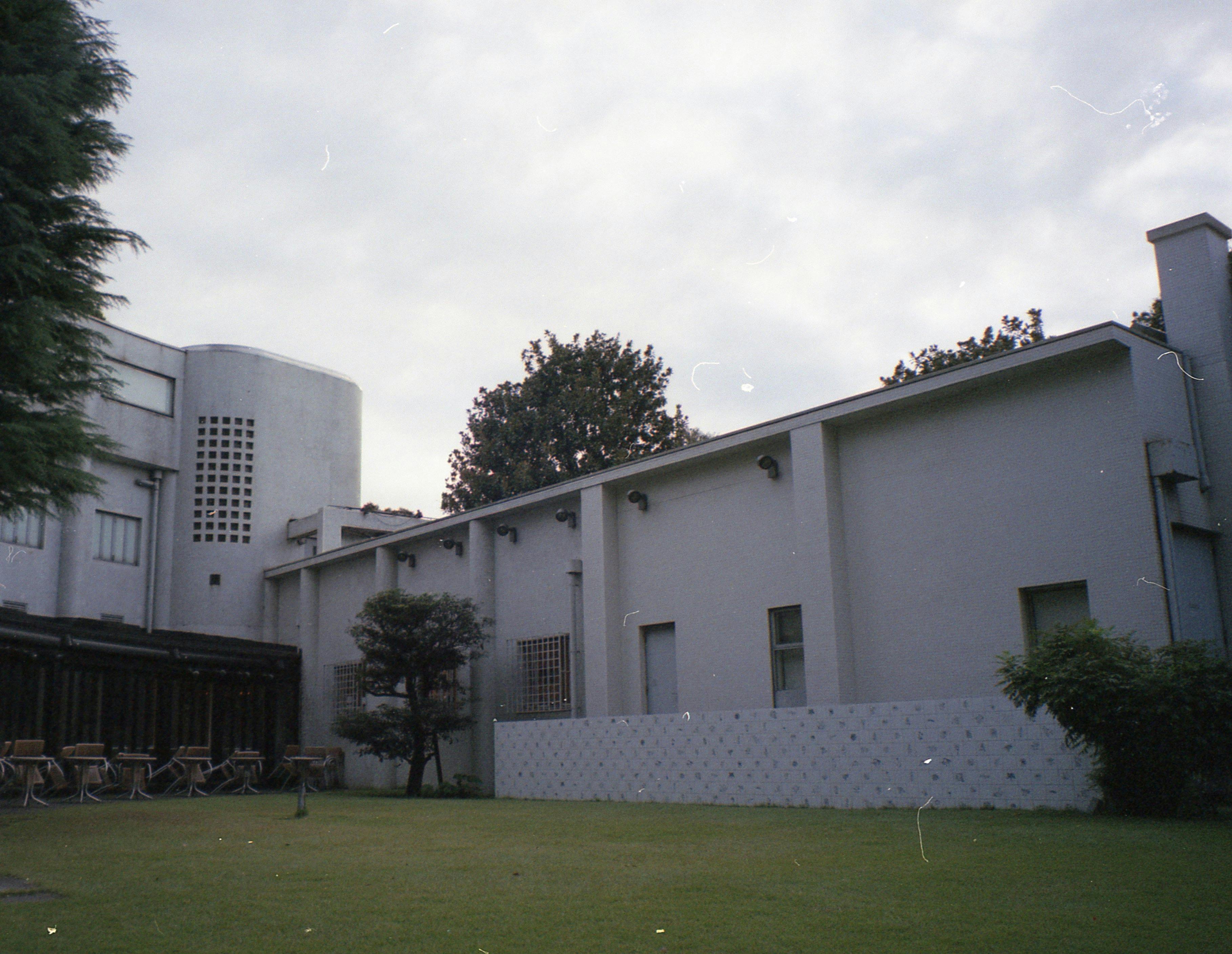Building a fence around your vegetable garden is an effective way to protect your plants from animals and other pests. It also helps to keep your garden neat and organized. Fences are available in a variety of materials, such as wood, vinyl, metal, and chain link. Before you begin building the fence, it’s important to consider factors such as cost, aesthetics, and maintenance. With proper planning and installation, you can create a high-quality fence that will last for years to come. In this article, we’ll discuss the steps for building a fence around your vegetable garden.Planning a vegetable garden fence is an important step in backyard gardening. Before installing a fence, it is important to consider the desired height, materials and cost of the fence. The height of the fence should be based on the type of vegetables you are growing and any potential pests that may need to be kept out. A taller fence may also be appropriate if you live in an area with high winds or other weather conditions that could cause damage to shorter fences. The materials used for the fence should also be taken into consideration; wood, metal, plastic and wire fencing all have different properties and costs associated with them. After
Choosing the Right Materials for Fencing
Fencing is an important part of any outdoor space. It provides security, privacy, and a sense of safety and comfort. Choosing the right materials for fencing is not only important for aesthetic reasons, but also affects the overall cost and longevity of the fence. There are a variety of materials available to choose from, including wood, metal, vinyl, and composite. Each material has its own advantages and disadvantages that should be considered when making a selection.
Wood is a traditional fencing material that is
Preparing the Vegetable Garden Area
Creating a vegetable garden is a fun and rewarding experience. It takes some work to get your area ready for planting, but the effort is worth it. Before you can start sowing seeds, there are a few steps you need to take to prepare the vegetable garden area.
The first step in preparing your vegetable garden area is to remove weeds, rocks, and other debris. This will help ensure that your plants have plenty of space to grow and that they will receive adequate sunlight. You may also want to
Establishing Fence Posts
Fence posts are an essential part of any fencing project. They are used to secure the fencing material to the ground, and provide stability and structure for the fence. When installing a fence, it is important to make sure that the fence posts are properly installed. This will ensure that your fence is secure and will last for many years.
The first step in installing fence posts is to measure and mark where the posts will be placed. It is important to make sure that the spacing between each post is even,
https://images.pexels.com/photos/6046312/pexels-photo-6046312.jpeg
Attaching Fencing to Posts
When attaching fencing to posts, it is important to use the correct tools and materials. The most common way to attach fencing to posts is with galvanized screws or nails, which are designed for outdoor use and will not corrode over time. For wooden fencing, it is best to use screws rather than nails, as screws will hold the wood more securely in place. If using metal posts, self-tapping screws can be used. It is also important to make sure that the fence is level and that all of the posts are securely fast

Securing the Bottom of the Fence
Fences are a great way to protect your yard and add a layer of privacy. It is important to make sure that the bottom of your fence is secure, as it is one of the most vulnerable points of entry. There are a variety of methods for securing the bottom of your fence, depending on the type of fencing you have installed.
If you have installed a chain link fence, then you can use tension wire to secure the bottom. This involves attaching wire to the bottom rail and then
Adding Fencing Extensions and Gates
Adding fencing extensions and gates can be a great way to add security and privacy to your home. Fencing extensions and gates come in a variety of materials, sizes, and styles, so you can find the perfect one to fit your needs. Whether you need a fence extension to keep out animals or an additional gate for added security, it’s important to take the time to choose the right one for your needs.
When looking for fencing extensions and gates, it’s important to consider the size of the area you need to cover.
Finishing Touches on Your Vegetable Garden Fence
Adding the finishing touches to your vegetable garden fence can make all the difference and give your garden an extra special touch. To begin, consider adding a gate for easy access. This will allow you to get in and out of the garden quickly and easily. Once you’ve added a gate, you can dress it up with some decorations or plantings. You could add a trellis, a wrought iron fence, or even just some string lights to make it look more inviting.
Conclusion
Building a fence around a vegetable garden is an important step for protecting your plants from animals and pests. The process can be completed in a few steps: choosing the type of fence, measuring the garden boundaries, and installing the fence. Consider the size and type of animals that you want to keep out when deciding on the height and material of your fence. It is also important to choose materials that are weather-resistant and durable. After installation, maintain your fence regularly by inspecting it for any wear or damages. With some planning and effort, you can have a beautiful,
